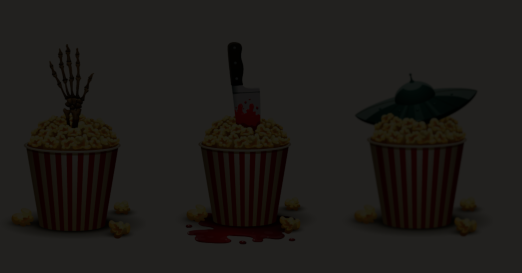


In 2005, Twisted Pictures was on the map and distributor Lions Gate knew they had struck franchise gold, neither of them had any intent on not capitalizing on their newfound momentum. James Wan and Leigh Whannell were not on-hand for a full commitment, busy working on their next film (I would assume this meant Dead Silence, but that was not released until 2007) and thus, Twisted Pictures decided to head in a different direction.
Upon discovering a screenplay titled The Desperate, a screenplay written before the original Saw film was even released by Darren Lynn Bousman, producer Gregg Hoffman showed the script to his partners Mark Burg and Oren Koules, and they agreed that, with some changes, the script could become the frameworks of the Saw sequel. Whannell was brought on and helped with rewrites of the script and thus enabled a fast turnaround.
Saw II was released to a mixed-to-negative reception from critics, with the general consensus being that the film was inferior to its predecessor. The box-office spoke volumes about the franchises’ staying power, however, grossing nearly one-hundred and fifty million off a four million dollar budget. The film was an even bigger success than the original in that regard.
Directed by Darren Lynn Bousman, who now has even more pieces in Jigsaw’s puzzle-box than either Wan or Whannell, the film follows a man named Detective Eric Matthews, played by Donnie Wahlberg. Eric Matthews is your standard, run-of-the-mill deadbeat policeman. He was an absentee father to his son and his marriage crumbled. Regardless of whether it is implied or not, my mind found itself filling the blanks for the rest of his character traits based on other cliches.
Eric’s life is derailed when he comes in-contact with The Jigsaw Killer, played by the returning Tobin Bell, and he is forced to be a pawn in his sadistic game. Not only has Eric Matthews’ son been kidnapped, but he has been locked in a rundown building with a handful of former prisoners wrongfully convicted by the Detective himself. Eric watches on from monitors as his son and a cast of characters, including two-time Jigsaw victim Amanda Young, played by Shawnee Smith, fight for their survival.
Although the basic concept of re-working an unrelated script into a sequel for a franchise can be a novel idea (see 10 Cloverfield Lane), it can also be a recipe for disaster (see The Cloverfield Paradox). In this instance, I believe the script for Saw II works very well within the parameters of the established series. It was clever of them in that respect.
The concept is filled with suitable twists and turns, offering a unique dynamic and situation for John Kramer to enact his disturbed form of justice on his unsuspecting victims.
The characters are one-dimensional and their portrayal oftentimes feels ham-fist and overboard. I mentioned it earlier with the cliched family dynamic of Eric Mathews and his son, but it is very clear with the portrayal of Jigsaw’s victims. The way they wedge exposition in their dialogue is absurd and surreal, and there is a definite feeling that their characterizations weren’t very developed. They feel like stock characters, at best, and while I enjoyed re-watching this film (my third watch, actually) more than any prior, that still considerably bogs down the film.
The performance of Franky G as Xavier was always a big topic of criticism I had with this film. The character is very over-the-top and feels tonally inconsistent with the rest of the film overall as a result. He feels so forced that it wasn’t until now that I discovered newfound appreciation for the character and what I believe the intent was. In a way, Xavier becomes a smaller villain in the film, desperate to escape from The Jigsaw’s imprisonment, and offers horror elements akin to a slasher film. I only wish the idea had been developed with more nuance and discipline behind it.
Tobin Bell is memorable once again, offering more of the character’s diabolical theology and his masterminding, toying his Detective Matthews and allowing brief confirmations in how much he enjoys it. The traps as well are welcome and enjoyably macabre.
The quick-edits and experimental cinematographic approach return, and it does feel like they fly dangerously close to the sun for this film, feeling more gimmicky and invasive than the original. Part of me has endeared itself to the flashbacks of the Saw series, but the part that wins out still thinks of it as unnecessary hand-holding that takes away the enjoyment of multiple viewings.
Saw II offers a lot of what endeared audience’s to the original film, but I don’t think it reaches those heights by any measurement. There is a cleverness to the story that unfolds, but the technical wit is undone by the developmental bankruptcy of many of its characters, depending on cliches and forced portrayals. It isn’t an awful film, but its shortcomings bog it down.

